The days of Roland slapping a vintage name on something fairly unrelated are over. The JUNO-X will absolutely behave like a vintage JUNO. But the digital heart underneath also means it’ll be everything from a vocoder to a JD-800 – which means if you are in the market for a Roland keyboard, you’ve got some choices to make.
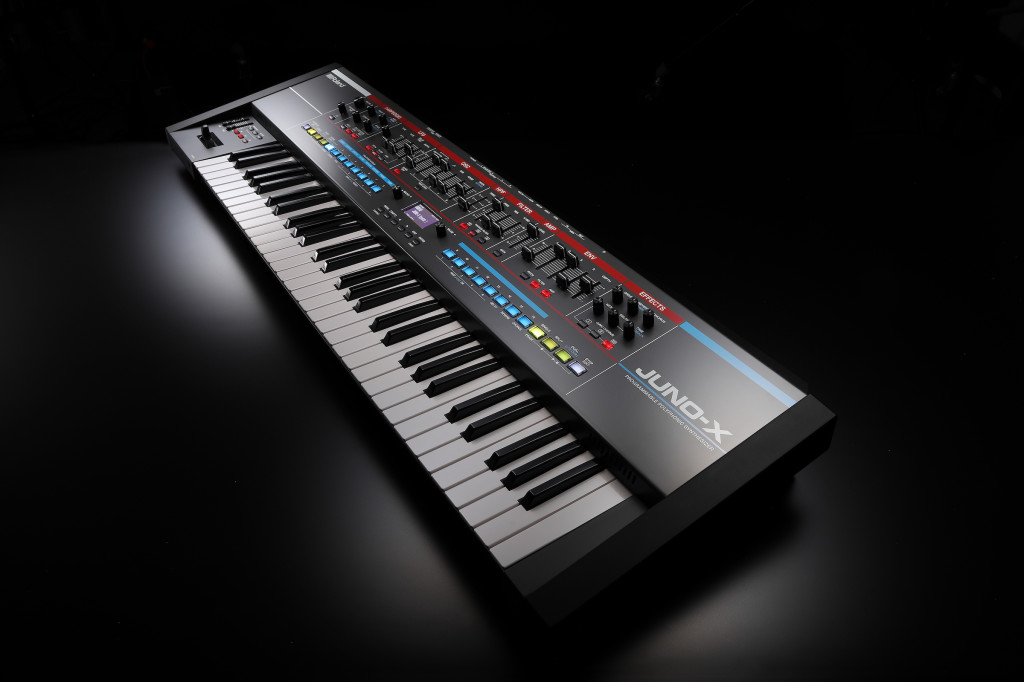
ZEN finally makes sense
There was a time when all Roland delegated its beloved legacy to mere sound banks in new instruments. But the company has gradually evolved a digital hybrid approach: make instruments that can look and feel like the originals, but that also can take on other characteristics with software models.
We’ve had multiple generations of that approach now. First were the original AIRA instruments, powered by ACB (Analog Circuit Behavior) models. Then came the ZEN-Core engine, which frankly initially was something of a regression – marketing materials promised tons of sound portability, but in reality, there were lots of exceptions. Your best bet was to go for the flagship FANTOM synth and load other Model Expansions –

Now, there’s a new generation of ZEN-Core synths, including an upgraded JUPITER-X, the more accessible FANTOM-0 series (providing FANTOM workstation features with less cost and bulk), and now the JUNO-X.
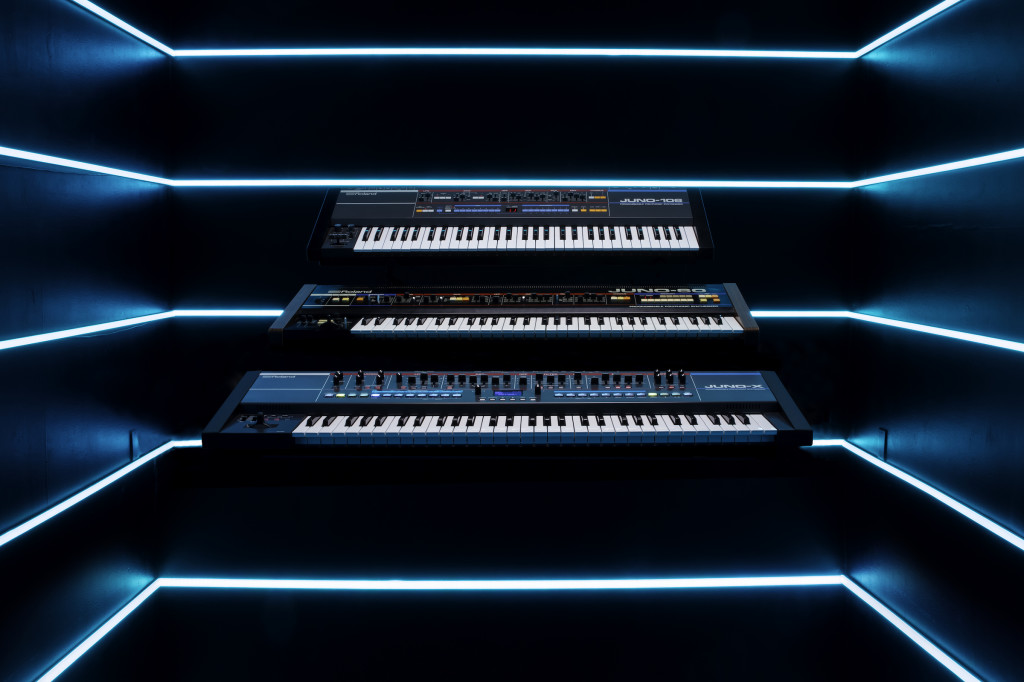
JUNO-60, -106, -X, or more
If you want something that looks, sounds and works like a JUNO-106 or JUNO-60, the JUNO-X can be that.
But unlike an analog clone, the digital architecture inside also means it can do more. You get seven chorus effects instead of the usual, done-everywhere two. And there’s a new JUNO-X engine with “enhanced” Super Saw waveform, velocity sensitivity, pitch envelope – all stuff the original didn’t have, but that you might want now.
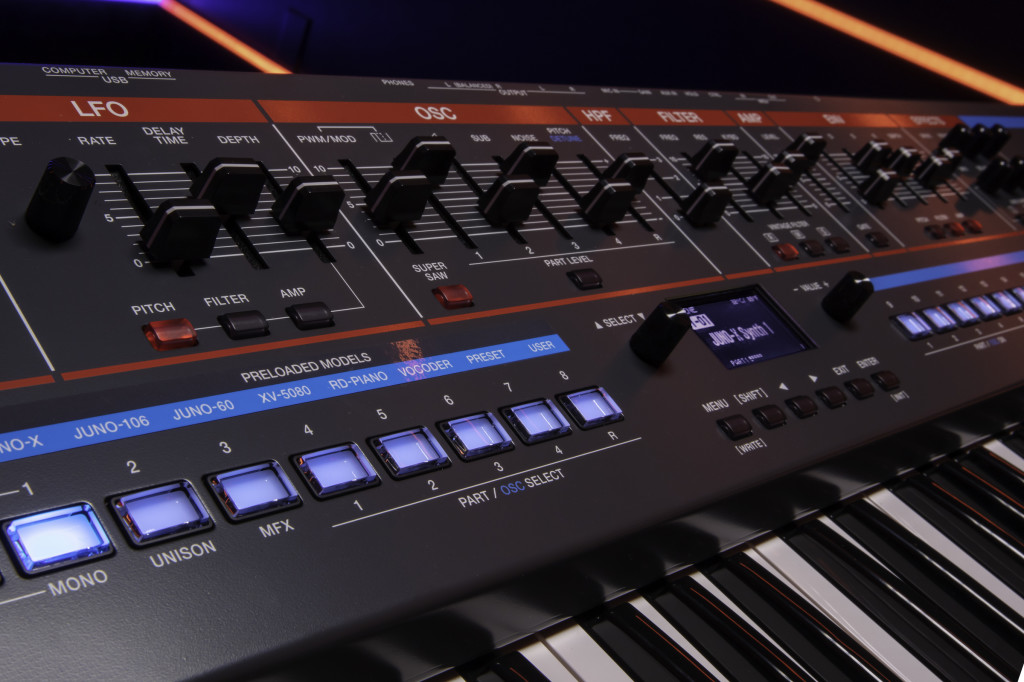
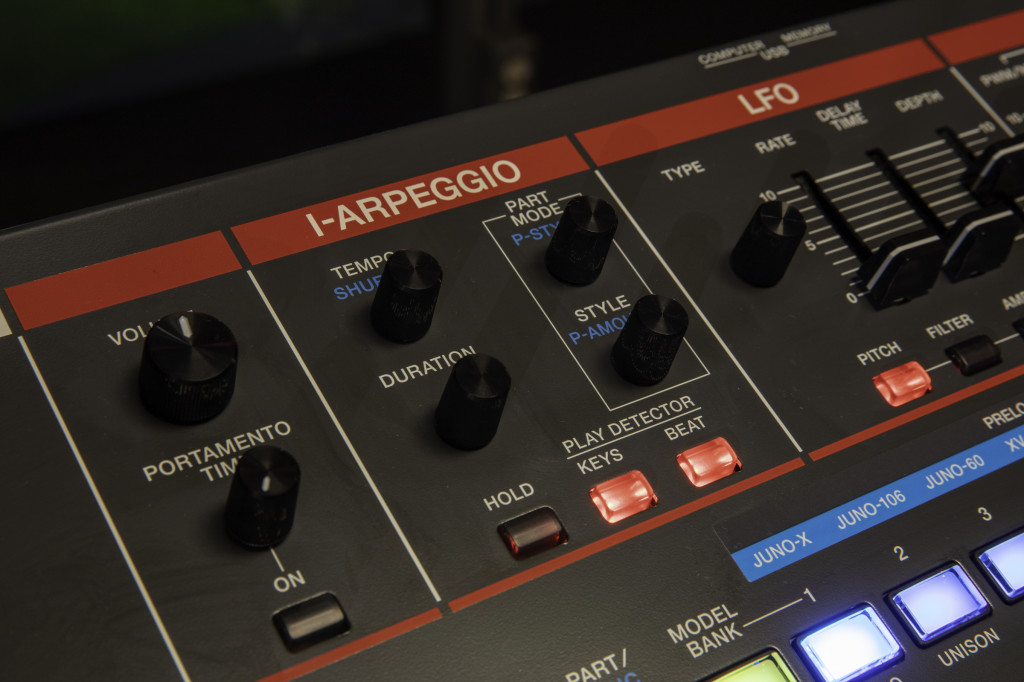
There’s also the I-Apreggio from the JUPITER-X, which can be a “normal” arpeggiator or give you “organic, inspiring movement driven by intelligent algorithms.” (That makes it sound like some sort of AI is directing the arpeggiator, but in reality means it just isn’t up, down, or up+down – more complex patterns are built-in as presets.)
And then you add in Models (aka Model Expansions). So we’ve had a funny inversion of the Old Roland Approach. Old Roland would give you some monster workstation with a generic panel, and somewhere inside would be a few recognizable sounds from the JUNO.
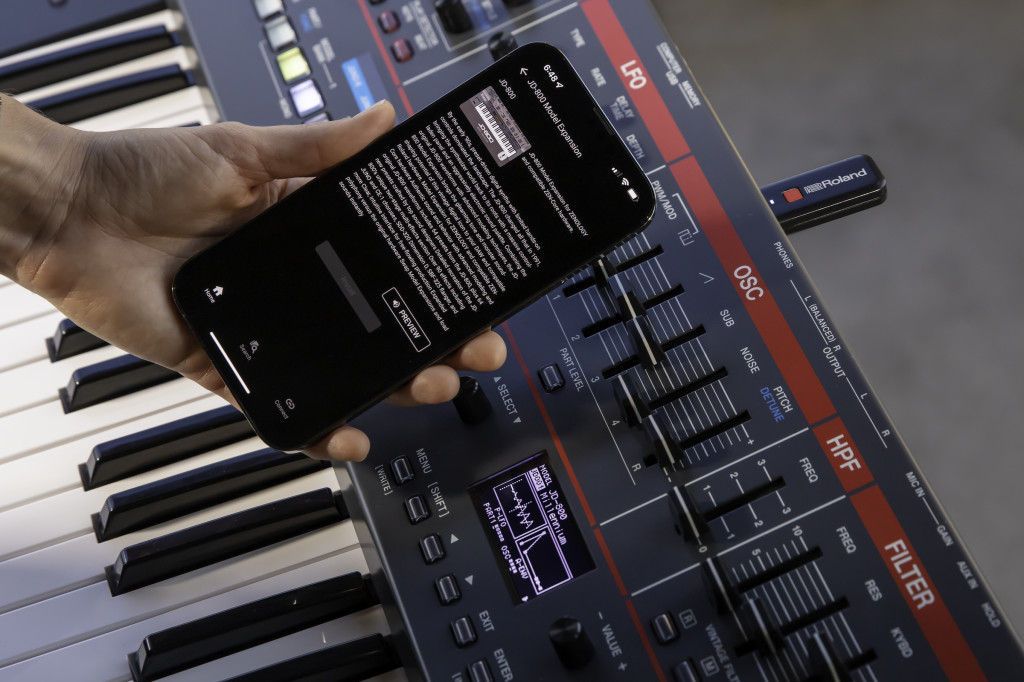
Models turn it into everything else
New Roland gives you a think that looks like the old JUNO, models effectively how the vintage gear sounds, but then turns into everything else.
So there’s the 90s classic XV-5080, making the JUNO-X a trance machine (among other things; I love the XV’s shiny-bright year-2000 feel).
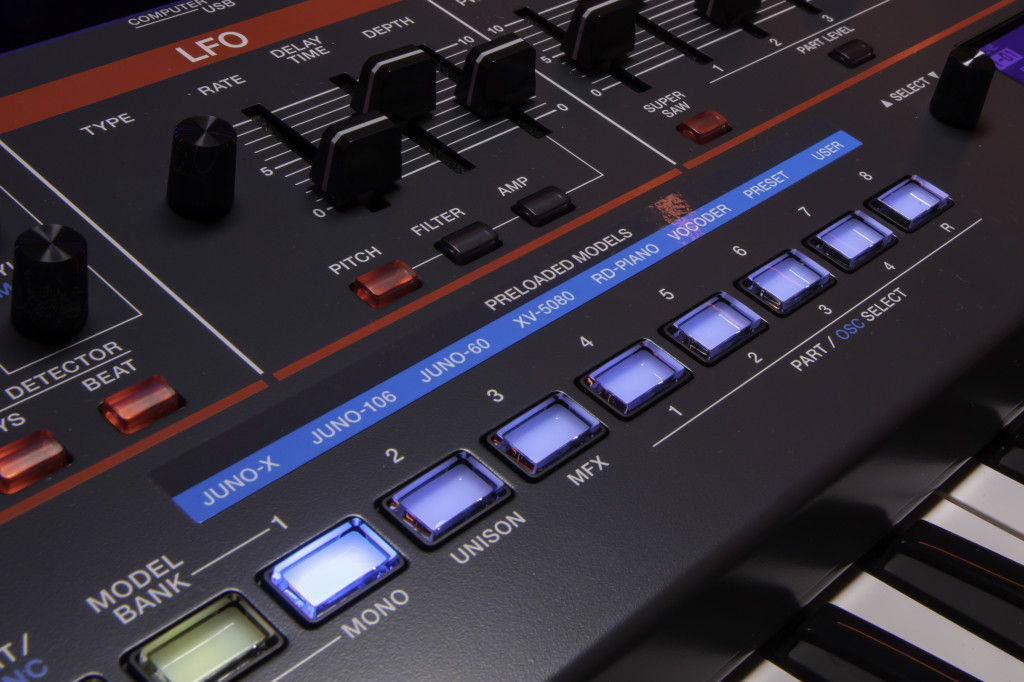
There are the acoustic pianos from the RD series, nice-sounding workhorses of live gigs.
There’s a … vocoder. Really.
But you can also add on Model Expansions from Roland Cloud, like the Vocal Designer.
It can be a JUPITER-8. It can be a JD-800.
And here’s where things get tricky – and I’ll be talking to Roland about that – since the same is apparently true of the FANTOM-0 line or JUPITER-X, you might in the end opt for a different panel layout than the JUNO, depending on your needs, since it can become something else.
Some of these instruments make more sense than others on the JUNO-style panel layout, aesthetically appealing as it is. (That’s an issue going back to the original PLUG-OUT models on the SYSTEM-1 and SYSTEM-8, spiritual successors to Model Expansions.)
But you do get more value for your money. At this point, we get into complicated Roland marketing scenarios involving subscription deals, something they call Roland Cloud Connect which also comes with a WC-1 wireless adapter and a year-long subscription. It’s all a bit to break down – I think we need a rundown of the overall Roland line shortly. But I am encouraged to see that Roland Cloud is finally delivering on what Roland had said from the beginning – a logical add-on to your hardware purchase to add additional sounds. That evolution took some time, but it’s getting there. (Speaking of Japanese makers with 80s legacies and a love/hate relationship from loyal fans, someday I should compare Roland to Nintendo.)
Don’t forget JUPITER-X
Apart from the FANTOM-0, which I haven’t written about yet, it’s also worth noting that the JUPITER-X also got an engine upgrade this month. That is in fact a related ZEN-Core engine update, with sound improvements and support for more Model Expansions.
So if you have a JUPITER-X you’re likely to hang onto it and get the same benefits – and you might still comparison shop the updated JUPITER with the new JUNO.
Let’s talk specs
The JUNO-X is priced as a mid-range workstation at US$1999.99. That means these additional features and Model Expansions support matter.
In addition to the built-in Models and Model Expansions, though, the specs here all signal a mid-range instrument – not just a simple JUNO knock-off, which is what Roland could have done (and indeed more like limited hands-on Roland keyboards were just a few years ago).
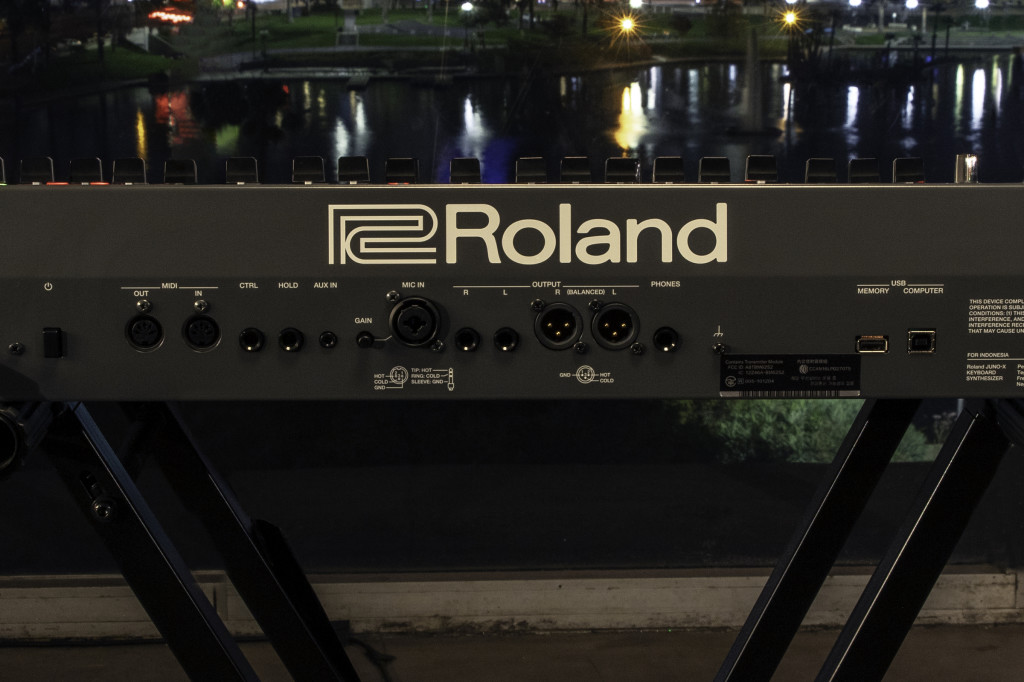
So you get:
- 5 parts (4 “Play” + 1 “Rhythm”)
- 4000 presets + 256 user tones + 90+ drum kit tones
- 256 scenes
- 4 multi-effect systems, 93 types
- 8 types of reverb, 5 types of chorus, 5 delays, an NS/compressor on the mic, EQ/compressor on the master, and overdrive
- I-Arpeggio (5-part arpeggiator which adapts to your playing)
- Built-in Bluetooth 4.2 with MIDI over Bluetooth Low Energy support
- 2 assignable sliders, 3 assignable switches, and the usual Roland pitch/mod
- 2 built-in full-range speakers
- Headphones (mini and 1/4″), both XLR and 1/4″ main outs, combo 1/4″-XLR mic jack, aux input, MIDI in and out, USB
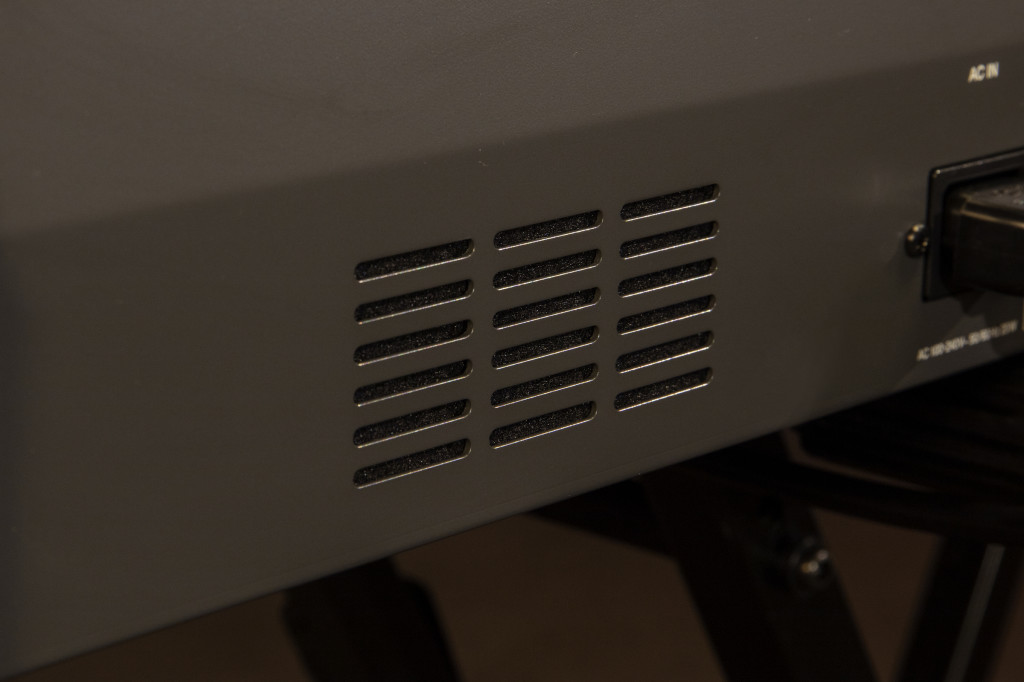
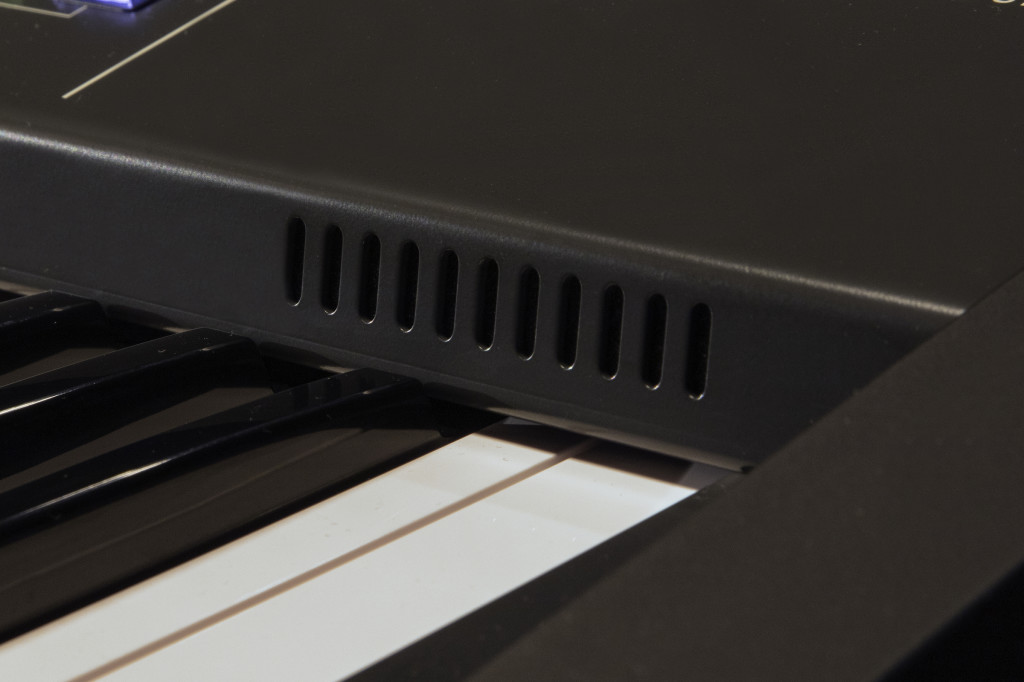
There’s also the new editor/librarian. (Last year JUPITER-X got an updated editor/librarian, too.)
Oh, and this thing is kind of big. (That could actually be another reason to look at the FANTOM-0, but I’ll do a comparison separately).
Dimensions
1,072 (W) x 333 (D) x 118 (H) mm
42-1/4 (W) x 13-1/8 (D) x 4-11/16 (H) inches
Weight
11.6 kg / 25 lbs 10 oz
But then, about those Models:
900 PCM presets from XV-5080 (though I really like the full XV-5080 Model as in Roland Cloud, myself – these are just presets)
RD-derived stage piano presets
(plus you get free 10 SDZ based Sound Packs with your JUNO purchase)
Vocoder Model
Optional Expansions:
- JUPITER-8
- JD-800
- Vocal Designer
- SH-101
- more…
I’ll check on full Model Expansions compatibility across the line.
More:
https://www.roland.com/us/products/juno-x/
Great hands-on from our friends in Japan: